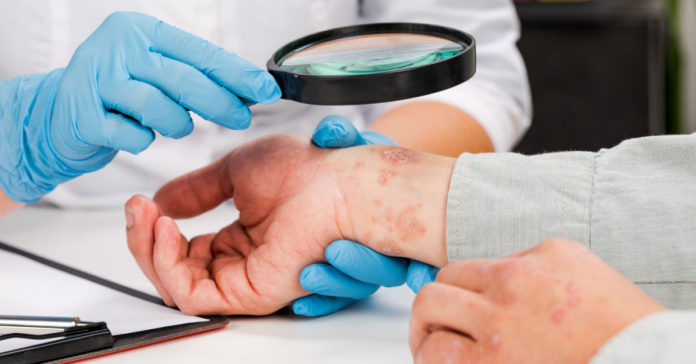
The early stage of skin cancer is known as Owen’s disease. Squamous cell carcinoma (SCC) in situ is another name for this type of skin cancer since it develops on the epidermis. It is a cancer that advances gradually. It is frequently mistaken for other skin disorders like eczema or psoriasis.
With prompt medical attention, it is an illness that is easily treated. The blog describes Bowen’s illness, including its signs, causes, symptoms, diagnostics, available treatments, and preventative measures.
The epidermis, or top layer of skin, is affected in this early stage of skin cancer, as was already discussed. In situ squamous cell carcinoma is another name for it. In situ refers to a malignancy that is contained to the epidermis and has not spread to deeper layers of the skin.
Red, scaly patches of skin are the disease’s main warning sign. It is sometimes mistaken for other skin disorders including psoriasis and eczema. It takes time for the cancer to progress into an advanced form of skin cancer because it grows slowly. It is crucial to seek immediate medical assistance as a result. Over 60-year-old white adults are typically affected. Compared to women, men are more likely to get this illness.
For most people, symptoms show up as a single lesion. But some people have more than one lesion. These lesions are often found on your head, neck, palms of your hands, and soles of your feet. If you have skin patches you may experience the following:
Red scaling sometimes may appear as yellow or white
Moist pinkness or redness under the patch
Itching
Crusty lesions
Slow growth
Pus, if infected
Defined borders
The size may be a few millimeters to a few centimeters
Flat or raised lesions






